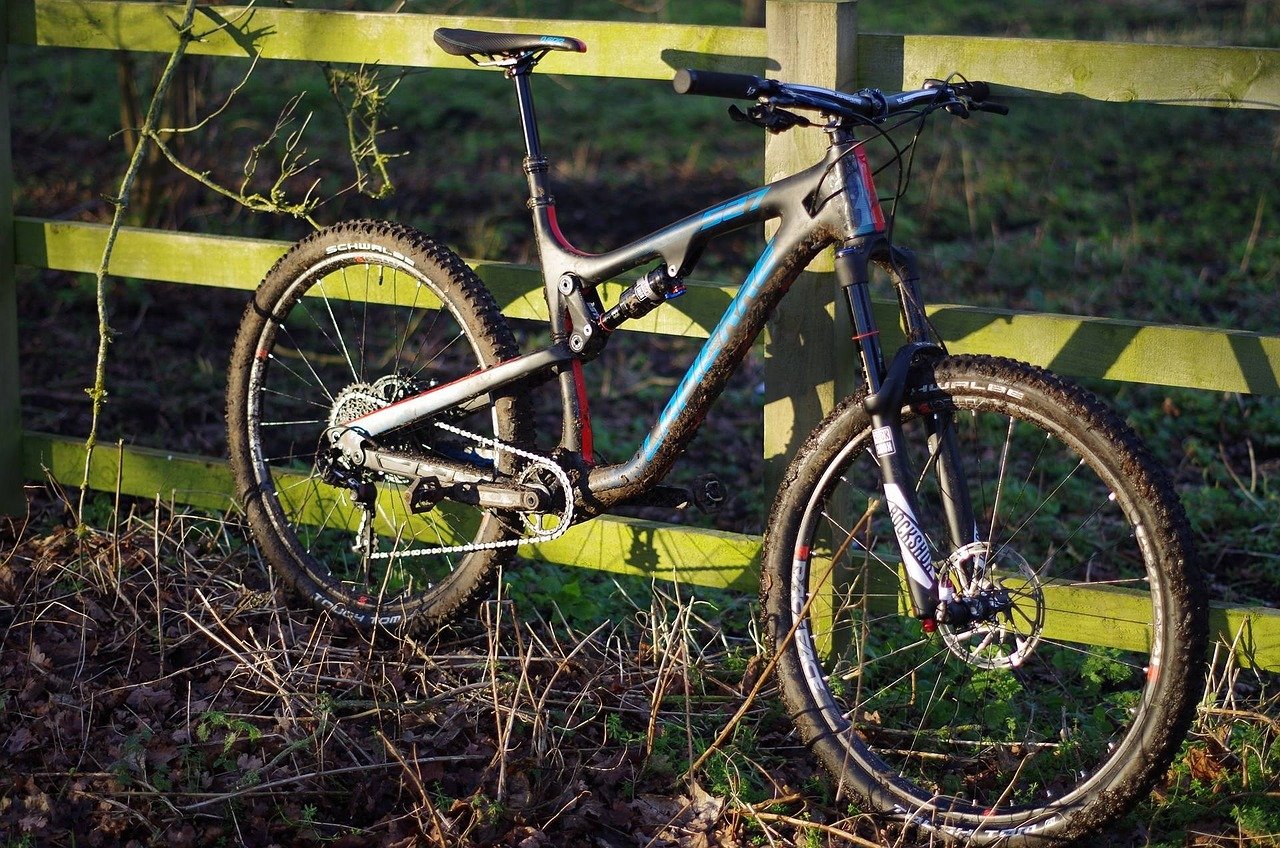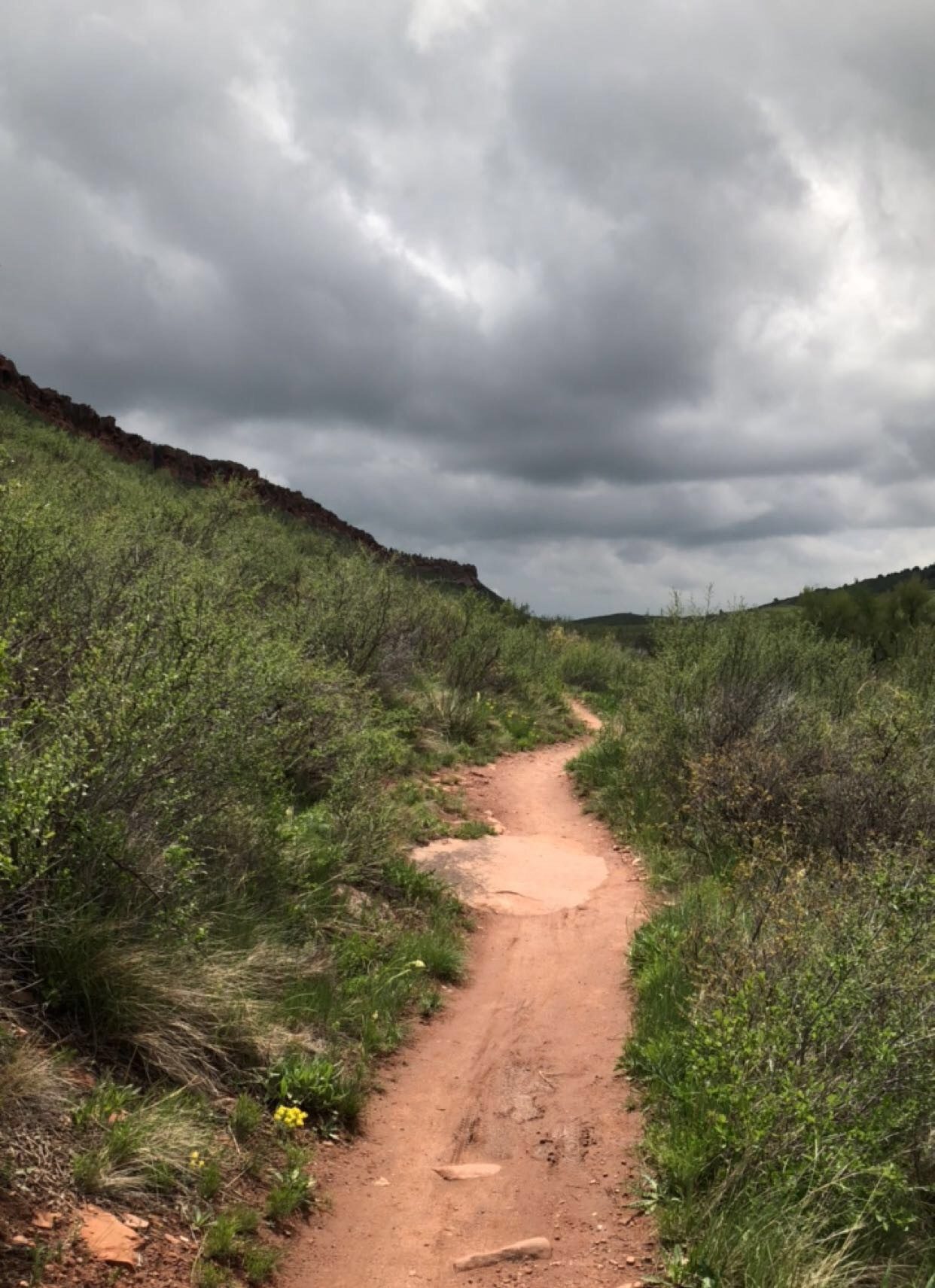
- Vitalii Homon
- May 22, 2021
- Ask Eartha
Dear Eartha, I’m over winter. I can’t wait to get out to hammer some dirt. Is it OK if I hit the trails even if they’re muddy?
The short answer is no. As much as we are all itching to hike and mountain bike now that the snow is melting, trekking or pedaling on muddy trails can launch a downward spiral of damage.

The negative impacts most noticeably start with your boots or bike.
Let’s be real. Is it really enjoyable to cake your favorite pair of trail shoes with a 3-inch heel of soppy mud? Or add another few pounds to your bike tires with soil that also works its way into the chain and mechanical parts? How about when that muddy trail dries up and is now sporting a bunch of ugly footprint craters or deep tire ruts? Even worse is that the trail gets widened and braided from trail users avoiding muddy areas by walking or pedaling off-trail.
Trails are built purposefully with a clear route for moisture absorption and runoff, so when you walk or ride around mud, you are killing vegetation and wreaking havoc on all of the natural surroundings. This can sometimes even lead to closures.
Over in neighboring Vail, for example, the trailhead parking area of the popular Booth Lake hiking trail in East Vail will be closed until at least August due to trail damage. According to trail use data, about 50,000 people used the trail in 2020 – a whopping 73 percent more than the previous year. The damage to the trail – severe braiding and widening – was due to people wandering off-trail, sometimes to avoid mud.
While it’s always better to go through mud rather than around it, this can also cause damage. When wet soil is compacted by feet or bike tires, it changes the consistency of the trail – not only creating ruts and craters, but preventing the dirt from absorbing moisture, which creates pooling and flooding that leads to permanent erosion. According to Friends of the Dillon Ranger District (FDRD), snowmelt-saturated trails are especially vulnerable to soil erosion and compaction.
Once again, stepping or riding off-trail to avoid mud is even worse. As FDRD point out, it “can take hours for several volunteers to restore that area that damaged in just the few seconds it takes you to go off-trail around a mud pit.”
How do you know if a trail is dry enough to ride or hike?

While it may be mud season, there is always some nearby option for outdoor fun. All of the paved recreation paths throughout Summit County are currently dry and snow-free and more dirt is drying up by the minute.
Many local trails are equipped with a mud meter indicating the current saturation rate. Sometimes the beginning of the trail is dry, but it gets wet and muddy as it meanders into the trees, so pay attention and turn back if the trail starts to get muddy or at the beginning if the mud meter is pointing to “poor.” If the mud meter is pointed to “fair,” it means that there are wet areas on the trail and if you don’t want to get your feet or tires muddy, you should go elsewhere.
Also, Summit County Mountain Bike Alliance (SCOMBA) keeps real time updates of trail conditions here: www.scomba.org/conditions.
To sum up, here’s what hikers and bikers should do to protect trails during mud season:
– Turn back if you encounter mud.
– If the trail is mostly dry and it’s a very small area of mud, go through it and not around it.
– If nighttime temperatures are still freezing, bundle up and ride or hike early while the ground is still frozen.
– Check trail conditions before you go at www.scomba.org/conditions.
By guest contributor Shauna Farnell
